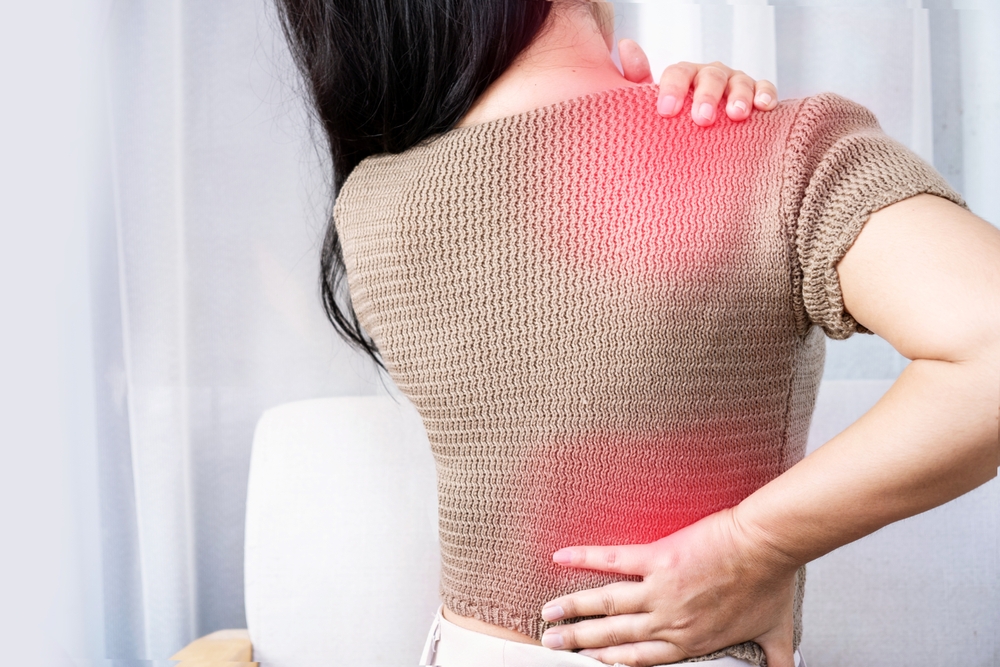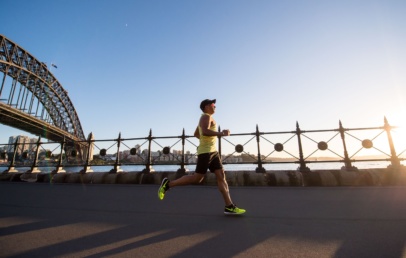
If you’ve ever hit the gym hard or tried a new workout, you know that unmistakable ache that sets in the next day — sore muscles. It’s your body’s way of saying, “Hey, that was new!” While muscle soreness can be a badge of honor, it’s not exactly fun when you’re wincing every time you take the stairs. Luckily, there are some easy, science-backed ways to help your body recover and feel better faster.
Why Muscles Get Sore?
That tight, tender feeling you get 12 to 24 hours after exercise is called delayed-onset muscle soreness (DOMS). It happens because your workout caused tiny tears in your muscle fibers — especially during eccentric movements, which are exercises where muscles lengthen while under tension (think lowering a dumbbell or jogging downhill).
Your body then starts repairing those micro-tears, triggering a bit of inflammation and fluid buildup in the area. This is what causes that stiff, achy sensation. But don’t worry — this process is actually how your muscles get stronger. A little soreness means your body is adapting to the new challenge you gave it.
The key is not to overdo it. Soreness isn’t a sign of a “better” workout; it’s simply a signal that your muscles are working hard to grow and recover.
Smart Ways to Soothe Sore Muscles
You can’t completely skip soreness, but you can help your body recover faster. Here’s how to take care of those tired muscles the smart way:
1. Stay Hydrated Before, During, and After Exercise
Water plays a huge role in recovery — it helps flush out waste, reduce inflammation, and carry nutrients to your muscles.
- Drink about 13–20 ounces of water two hours before your workout.
- Sip 5–10 ounces every 15–20 minutes while exercising.
- For workouts over 90 minutes, try a drink with electrolytes to replace minerals lost through sweat.
A good hydration hack? Check your urine color. Pale yellow means you’re hydrated; darker yellow means you could use more water.
2. Roll It Out
Grab a foam roller or a massage gun after your workout — they’re like giving your muscles a mini massage. Rolling helps increase blood flow, ease tension, and reduce soreness.
If you’re new to foam rolling, start with a softer roller and go easy. Move slowly over each sore muscle for about a minute or two. And remember — never roll directly over joints or bones.
Massage guns work similarly but with rapid vibrations to promote circulation. Light, sweeping motions over the muscle (not pressing too hard) can do wonders for stiffness.
3. Fuel Up Post-Workout
Your muscles need the right nutrients to repair and grow stronger. Within 30 minutes of your workout, eat a snack that combines protein and carbs — like Greek yogurt with berries and honey, or a smoothie with protein powder and banana.
Aim for about 20–40 grams each of protein and carbs after intense sessions. Keep your meals balanced throughout the day, too. A steady stream of protein (about 0.8 grams per kilogram of body weight daily) helps muscles rebuild efficiently.
Don’t forget fruits and veggies — vitamins like C and minerals like zinc play a big role in healing and reducing inflammation.
4. Don’t Skimp on Sleep
Your body does its best repair work while you’re sleeping. During deep (non-REM) sleep, protein synthesis kicks in — exactly what your muscles need to rebuild.
Try to get at least seven hours of quality sleep each night. Think of it as free recovery time that boosts your results and energy levels for your next workout.
5. Keep Moving — Gently
It might sound counterintuitive, but a bit of light movement actually helps sore muscles recover faster. Go for a walk, an easy bike ride, or do some gentle yoga the day after an intense workout.
Keep the effort light — about a 3 out of 10 on your personal effort scale. This gets blood flowing to sore areas without adding new strain.
6. Skip the Painkillers if You Can
It’s tempting to pop an ibuprofen and move on, but studies show that NSAIDs (like Advil or Aleve) might slow down muscle repair and growth. If the pain is manageable, let your body heal naturally. Focus instead on hydration, movement, and nutrition.
A little soreness is part of the fitness journey — it means your muscles are adapting and getting stronger. But you don’t have to suffer through it. With the right care — hydration, proper nutrition, gentle movement, rest, and maybe a bit of foam rolling — you can help your body bounce back faster and feel great for your next workout.
So next time your legs feel like jelly after squats, just remember: recovery is where the real progress happens. Treat your muscles well, and they’ll reward you with strength, stamina, and fewer sore days ahead.




